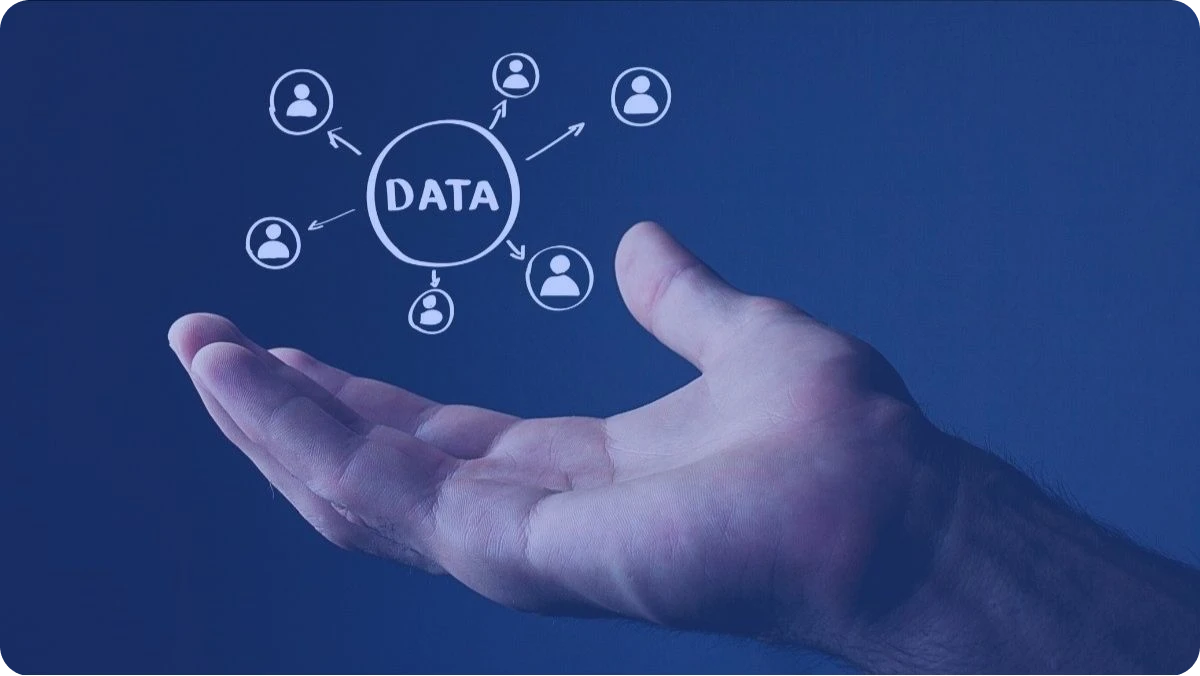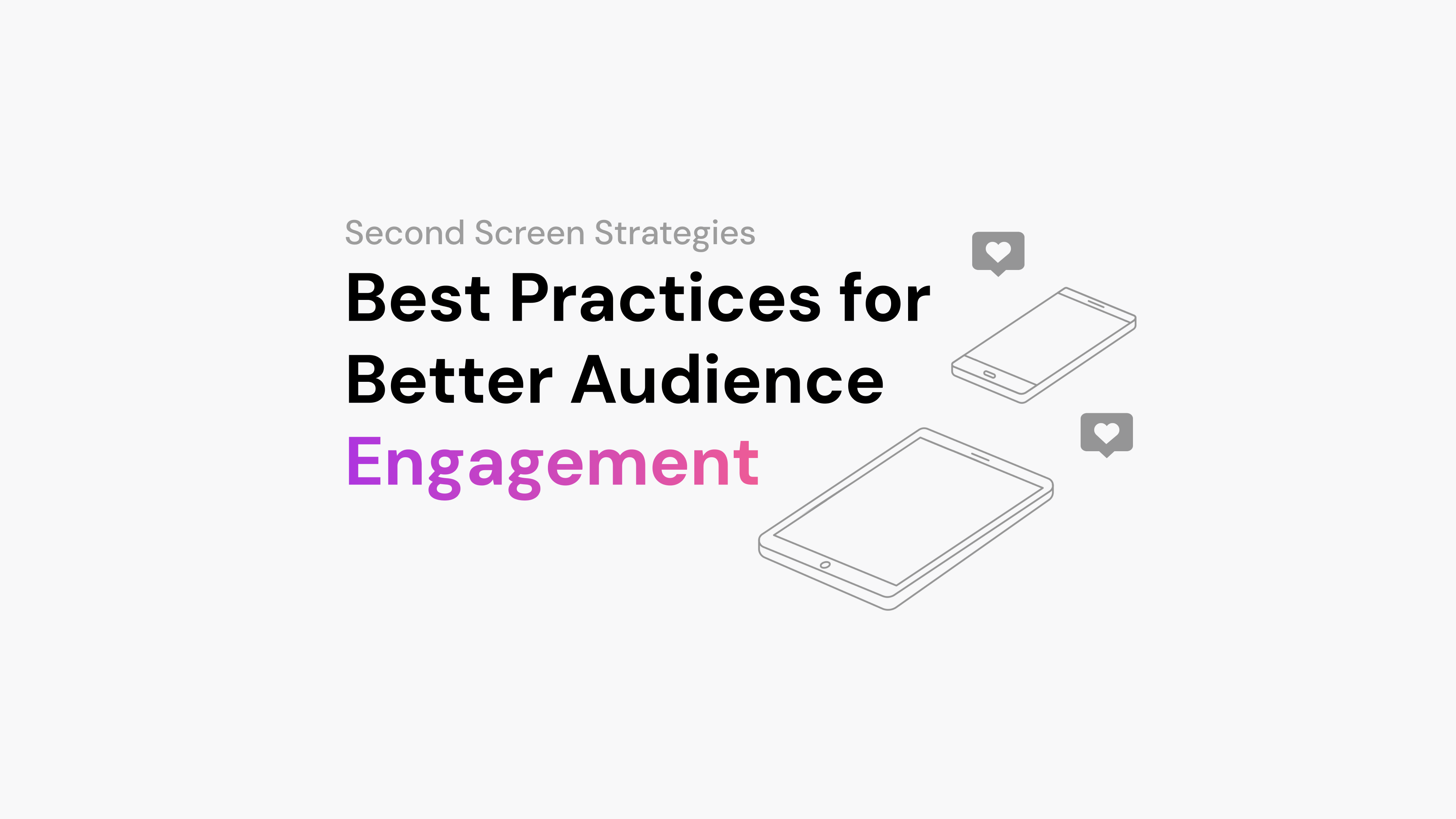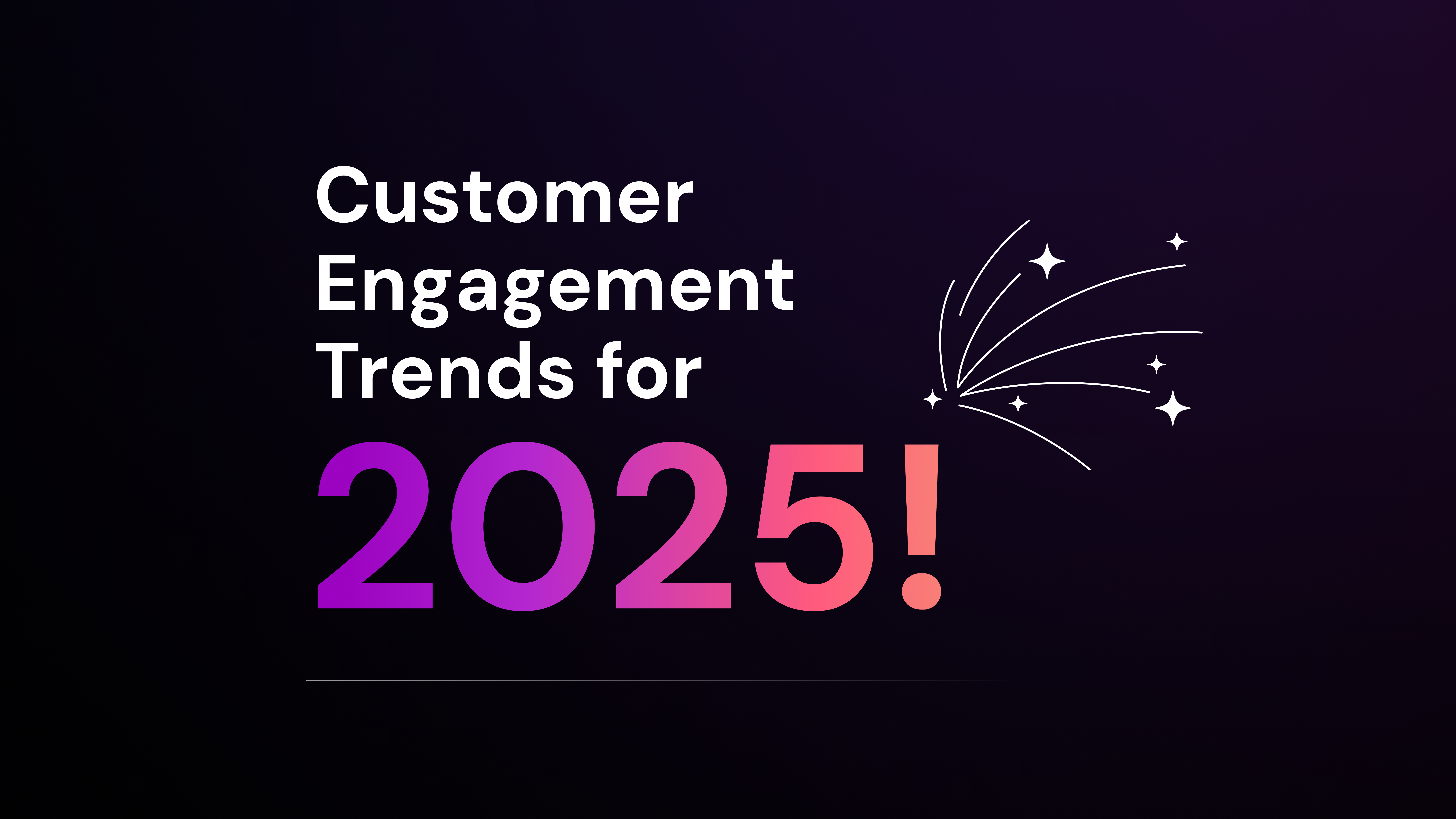In 2024, third-party cookies are no longer supported, thanks to Google and Apple removing them from their browsers. With this significant shift, it’s crucial to act quickly and adapt your strategies to maintain strong audience engagement in the new digital landscape.
Some Important Terms To Know
There are a few key terms you should know to navigate. The following definitions will help you to understand what’s changing.
- Cookies: files that store information about a user and their online behavior. This information enables both personalized experiences on websites (i.e., that you prefer to see basketball scores instead of baseball scores) and personalized advertising.
- Third-party cookies. Third-party cookies are produced by a website other than the user is visiting. For example, visit an online shoe store website and then a news website. You might see an ad for shoes on the news website the next day. That type of marketing is made possible by third-party cookies.
- First-party data. First-party data is information your company has directly collected from your audience. For an in-depth introduction, see our post What is First Party Data Anyway?
Gathering first-party data is a priority for several reasons. First, gathering a significant amount of first-party data means you’re less reliant on the major social media companies. Second, your efforts to gather first-party data will also help you focus more on keeping your audience engaged.
Preparing Your First-Party Data Foundation

For publishers and brands new to first-party data, it is vital to create the proper foundation. Once you have these elements in place, you’ll find it much easier to accelerate your growth.
1) Align First-Party Data To Your Growth Goals
Simply gathering massive data about your audience will not accomplish anything for your business. This data collection effort needs to support your goals. With that alignment, winning buy-in for first-party data will be easier.
To build alignment, ask your team the following questions:
- How will a more deeply engaged audience (i.e., people spending more time on your website, week in and week out) support our goals?
- What is our reliance on third parties for growth like Facebook and other platforms? If you are uncomfortable with the answer, first-party data can help!
2) Create An Inventory of Your First-Party Data Assets
The next foundation step is to identify your first-party data assets. In many cases, you’ll be pleasantly surprised that you have significant data already. For example, consider the following examples to get your inventory started:
- Email List. Your email list is one of the best examples of a first-party provider. There’s no intermediary standing between you and your audience with email.
- Registered Website Users. Many websites require users to log in to personalize their experience and get other benefits. Find out if you have this type of first-party data!
- Customer List. Publishers may define this list as a subscriber list. Ideally, your customer data goes far beyond a listing of names. You should be able to perform analytics on the data, such as identifying the people who buy the most.
3) Identify First Party Growth Ideas
The final preparation step is to brainstorm a few first-party growth ideas. It helps to frame this question as a value exchange. Ask yourself what valuable content and experiences you can offer your audience in exchange for their data.
Your historical data can offer clues to point you in the right direction. For instance, look at your website analytics (e.g., Google Analytics) and social media accounts to see what topics and themes resonate with your target audience. When reviewing these analytics, aim to develop a list of at least ten topics. You’ll use this list in the next step.
4) Identify What Kind of First Party Data You Want To Gather
There are many kinds of first-party data, so focusing your efforts on them is essential. It is generally best to focus on growing engaged website visitors and email subscribers as a starting point. If you have larger audiences and resources, gathering additional forms of first-party data may be achievable.
Launch Your First-Party Data Collection Efforts
To gather first-party data, you must convince your audience to trade their time, attention, and data for something of value. One of the best options is to offer a live community experience. These experiences help to deepen audience engagement at the same time.
5) Equip Your Team To Run Live Experiences
Offering a live experience to your audience is tough unless your team has the right tools and training. Fortunately, getting the right tools in place is easy. You can install Arena on your website in less than 10 minutes.
As you plan training sessions, look for team members with experience organizing conferences and live events. Many of those event skills will translate to the digital sphere. Once you gather a few people, it’s time to plan and launch an internal event. For example, you might host a live event for employees only to discuss the year’s priorities.
For the best results, assign one person to act as the moderator and another to act as technical support. You’ll quickly get a feel for how Arena Live Chat works. For example, you can use moderation tools to keep the discussion focused.
6) Host A Community Discussion With A Special Guest
Once you complete a practice session with an internal audience, it’s time to plan and launch a live chat experience for your audience. Refer to the list of topic ideas you generated in the “Identify First Party Growth Ideas” ideas. For example, you might host a live chat event before a significant voting day if you cover political news.
Including a special guest like a columnist, academic, or influencer in your live chat event is smart because they can help you promote the event. For example, you might invite a sports medicine doctor to join an event focused on helping older people succeed in fitness while minimizing injuries.
Offering an event like this will help you gather first-party data because the live chat session will happen on your website.
7) Put Your First-Party Data To Work
You’ve done all the preparation work to offer compelling experiences to your audience. If everything has come together, you will now have more first-party data! So, what’s next?
The next step depends on your business model. An online publisher can use their new first-party data insights to engage advertisers. Other brands can use first-party data to improve the relevance of their online advertising efforts. For example, you can improve the relevance of your advertising by sending a targeted message to your most engaged audience members.
Get Arena On Your Website Today
Getting started with Arena is fast and easy. There’s no software for your audience to download, and Arena is designed for speed! Book a demo to see how Arena can help you to grow!



